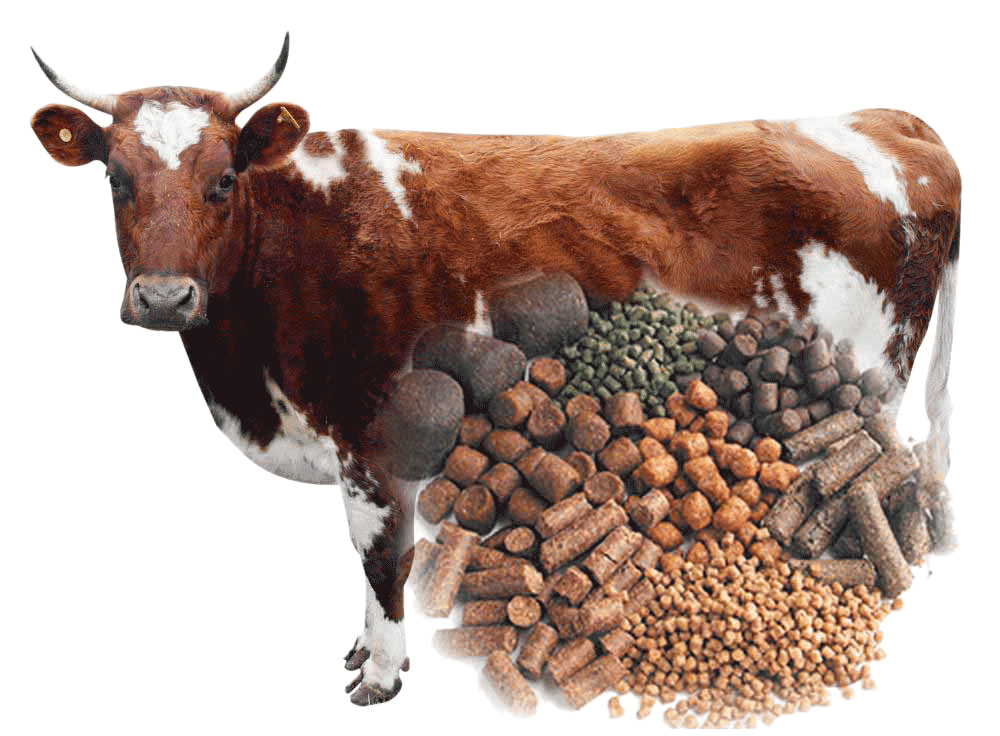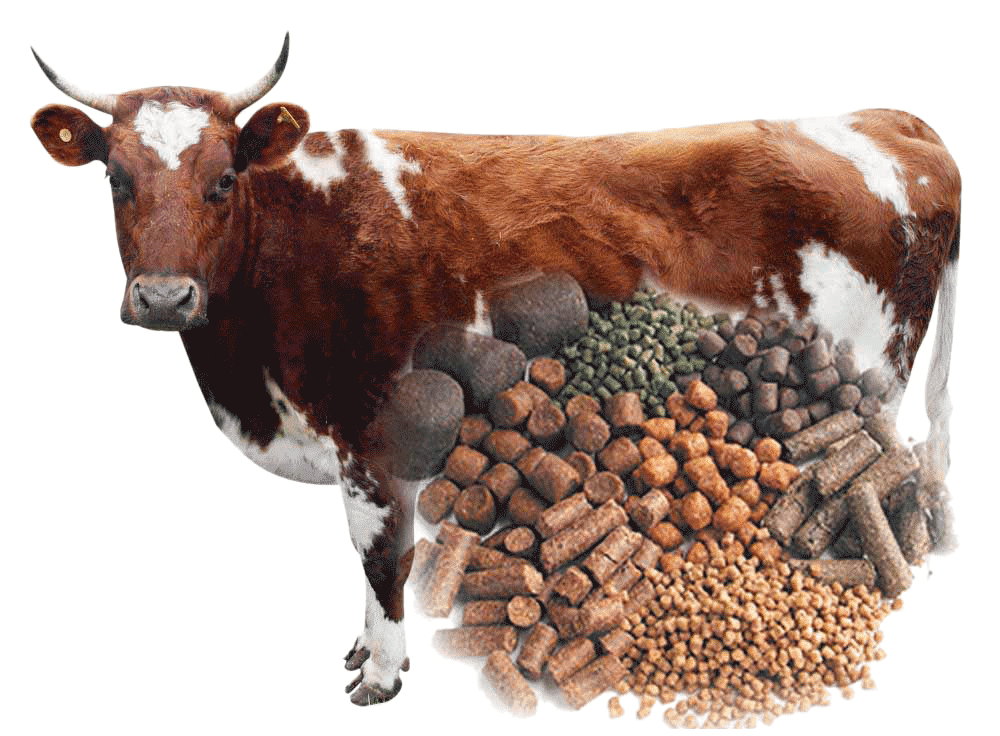The project is a factory for the production of animal feed, where the factory produces and manufactures livestock feed and converts it from its initial form as a raw material to the appropriate form and size to be suitable for direct consumption, with some additions to these materials to encourage growth and compensate livestock for missing nutritional elements to obtain the appropriate size and weights required for the market.

It is a factory for the production of animal feed, where the factory produces and manufactures livestock feed and converts it from its original form as a raw material to the appropriate form and size to be suitable for direct consumption, with some additions to these materials to encourage growth and compensate livestock for missing nutritional elements to obtain the appropriate size and weights required for the market, as the factory produces concentrated feed, integrated feed, rough and improved feed, and the factory aims to produce complete feed mixtures that provide the nutritional needs of livestock herds, so that it produces all types of feed to meet the nutritional needs of the herd for which it was made. The feed formulation is prepared by specialists in livestock nutrition, as well as purchasing raw materials and analyzing them visually and chemically, as well as analyzing the produced feed to test its quality. The factory will use the latest technological means and modern techniques used in the production of livestock feed. The project is considered one of the important projects in the field of food security, which depends mainly on agricultural production for the feed industry. Therefore, the manufacture of feed is one of the projects used in dairy farms and fattening farms. Among the most important elements used in the production of livestock feed are grains such as (barley, corn, oats, white corn and rice) and by-products of grains such as (wheat bran) and molasses such as (sugar cane molasses and sugar beet molasses).



Executive Summary
Study of project services/products
Market size study.
Risk assessment study.

The Kingdom of Saudi Arabia has given great importance to the agricultural sector in the past five years, specifically after the launch of Vision 2030, through which Saudi Arabia wanted to exploit the available opportunities and resources and reach a strong, sustainable economy. As a result of its tireless efforts in this regard, we have seen how the agricultural area has expanded, crop production has increased, and how the number of livestock and fish have increased; which has contributed to enhancing food security and providing citizens with their food and nutritional needs. Because Mashroo3k Economic Consulting and Market Research Company likes its clients to be informed about the indicators of this important and vital sector, it has decided to present here some data that can be a guide for those who want to invest under its umbrella:
